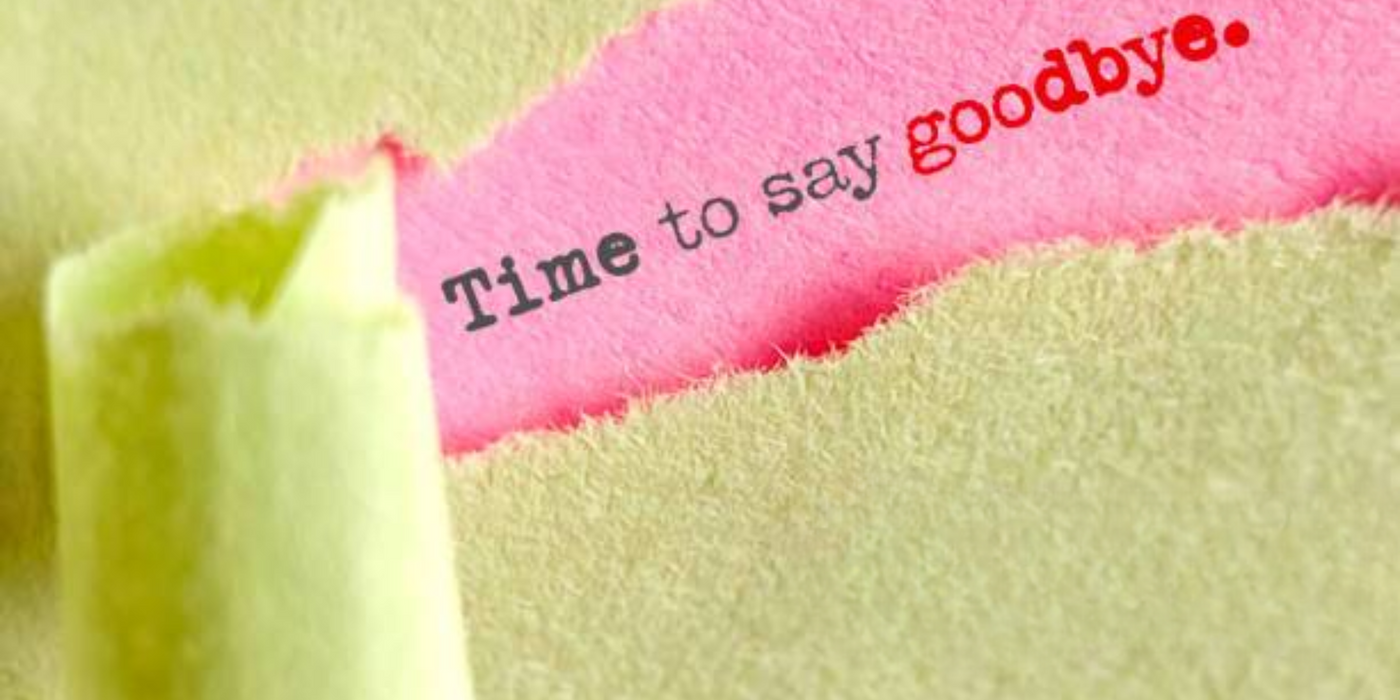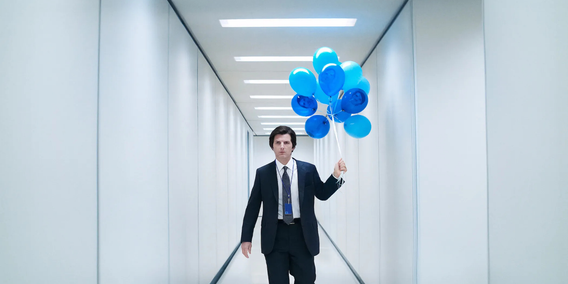Heartbreak doesn’t come with a timeline. Yet, we live in a world that rushes us to “move on” from our pain. From well-meaning friends who ask when you’ll “finally get over it,” to social media that glamorizes instant healing, we’re constantly reminded that time heals all wounds—but only if you’re quick about it. But here’s the thing: Healing after a break-up doesn’t happen on anyone else’s schedule. It’s messy. It’s slow. And it’s deeply personal.
We are rarely told that it’s okay to sit with the discomfort, to allow ourselves the time we need to grieve, to feel, and to process. Instead, there’s an underlying expectation that, one day, we’ll simply wake up and be “over it.” That notion, while tempting, is not only unrealistic—it’s detrimental to the healing process.
In my work with clients navigating the aftermath of break-ups, I’ve seen this same pressure time and time again—the pressure to move on before they’ve really healed. Yet, each person’s journey through heartbreak is uniquely their own, and it’s only by embracing the full range of emotions that healing can take place.
The Pressure to ‘Get Over It’
One of the most common themes that emerge when working with people after a break-up is the overwhelming sense of pressure they feel to be “over it.” It’s often rooted in a desire to get back to normal life, to move on, and to regain a sense of control. But heartbreak is anything but orderly. It is not linear. And it certainly doesn’t follow a neat timeline.
I remember working with Anika, a 34-year-old entrepreneur, who had recently ended a two-year relationship. Her friends encouraged her to “stop dwelling on it” and “get back out there,” while her family insisted she focus on work. Anika, ever the perfectionist, internalized these messages, feeling as though her grief was something to be ashamed of. “I should be over it by now,” she’d say, looking at the calendar and ticking off the days since the break-up.
But in our sessions, we explored something different: grief doesn’t work that way. Healing after heartbreak isn’t about reaching an arbitrary finish line—it’s about giving yourself the space to process, to grieve, and to move through the pain in a way that honors your emotions. Anika began to realize that the pressure to “get over it” wasn’t hers to carry. In letting go of this expectation, she gave herself permission to feel, and with that permission, healing began.
The Myth of ‘Getting Over It’
The idea that you should “get over” someone implies that you must completely erase them from your heart, as if the emotional attachment can simply be switched off. But love doesn’t work like that. Break-ups are the end of a chapter, but they are not the end of the feelings that were nurtured during that time.
Take Rahul, for example, a 29-year-old software engineer who came to me after ending a three-year relationship. Rahul felt conflicted—while he knew the relationship had run its course, he was still deeply attached to the person he once loved. The question that haunted him was, “Why do I still miss him if it’s over?” And in this, Rahul was not alone. This tension between knowing the relationship is over and still feeling the emotional pull is common.
We explored this paradox and began to reframe his grief. Moving through heartbreak doesn’t require erasing the love or the memories. It’s not about forcing yourself to pretend they never mattered. Instead, it’s about understanding that love and loss can coexist. It’s about acknowledging that while the relationship is no longer part of your present, the emotions it stirred are real, valid, and deserve to be honored. Healing doesn’t mean forgetting; it means learning to live with the love you once had while allowing space for new possibilities.
The Emotional Aftershocks of Heartbreak
Heartbreak is not just the absence of a person; it is the reverberation of all the things they once represented. For many, it’s the loss of a future they had imagined, a shared dream that crumbles in the wake of the break-up. These emotional aftershocks can reverberate through many parts of life—work, family, even self-esteem. The dissolution of a relationship, no matter how it ends, disrupts the rhythm of your life, leaving a void that feels impossible to fill.
Healing involves acknowledging that it’s okay to grieve the loss of a future you thought you’d have. It’s okay to be sad. It’s okay to feel as though you’re standing on unsteady ground. But it’s also about understanding that your future is still unfolding, that new dreams will take root. The loss of one future doesn’t mean the end of the road—it simply means that you are being reintroduced to a new path, one that might lead to something even more aligned with your true self.
The Power of Giving Yourself Permission
Healing after heartbreak is a messy process. It’s not something that can be neatly packed up in a box with a bow. But what we often fail to realize is that this messiness is exactly what allows for healing. Giving yourself permission to grieve, to take your time, and to feel your emotions fully is the most powerful act of self-care you can offer yourself.
There’s no shame in taking the time you need. If the road to healing feels long, it’s because it is long. Some days you’ll feel like you’re making progress, and other days you’ll feel as though you’re back at square one. But that’s okay. As one of my clients, Manju, a 28-year-old teacher, said after months of therapy, “I’ve realized that the pain is not something to rush through. It’s something I have to walk with for a while.”
When Manju said this, I felt a wave of clarity—because in her acceptance of her grief, she had already started to heal. The more she leaned into her pain without judgment, the less it controlled her. She began to trust her ability to navigate the emotional aftermath of her break-up, knowing that each wave of sadness was a step closer to emotional freedom.
So, how do you heal after heartbreak without succumbing to the pressure to “get over it”? The answer is simple: Allow yourself to be in the mess. Sit with your emotions. Reflect on what the relationship taught you. Understand that healing is a process, not a goal.
It’s okay to cry. It’s okay to feel angry. It’s okay to miss them. But also know that you have the capacity to heal. It won’t be on anyone else’s schedule. It will be on yours.
As you move through this journey, remember that you are not alone. Heartbreak is universal, but so is healing. In time, you will emerge stronger, more in tune with your own needs, and ready to embrace the future—on your own terms.
References (for the curious mind)
-
Neff, K. (2011). Self-Compassion: The Proven Power of Being Kind to Yourself.
-
Brown, B. (2015). Rising Strong: The Reckoning. The Rumble. The Revolution.
-
Gilbert, P. (2010). The Compassionate Mind: A New Approach to Life’s Challenges.







